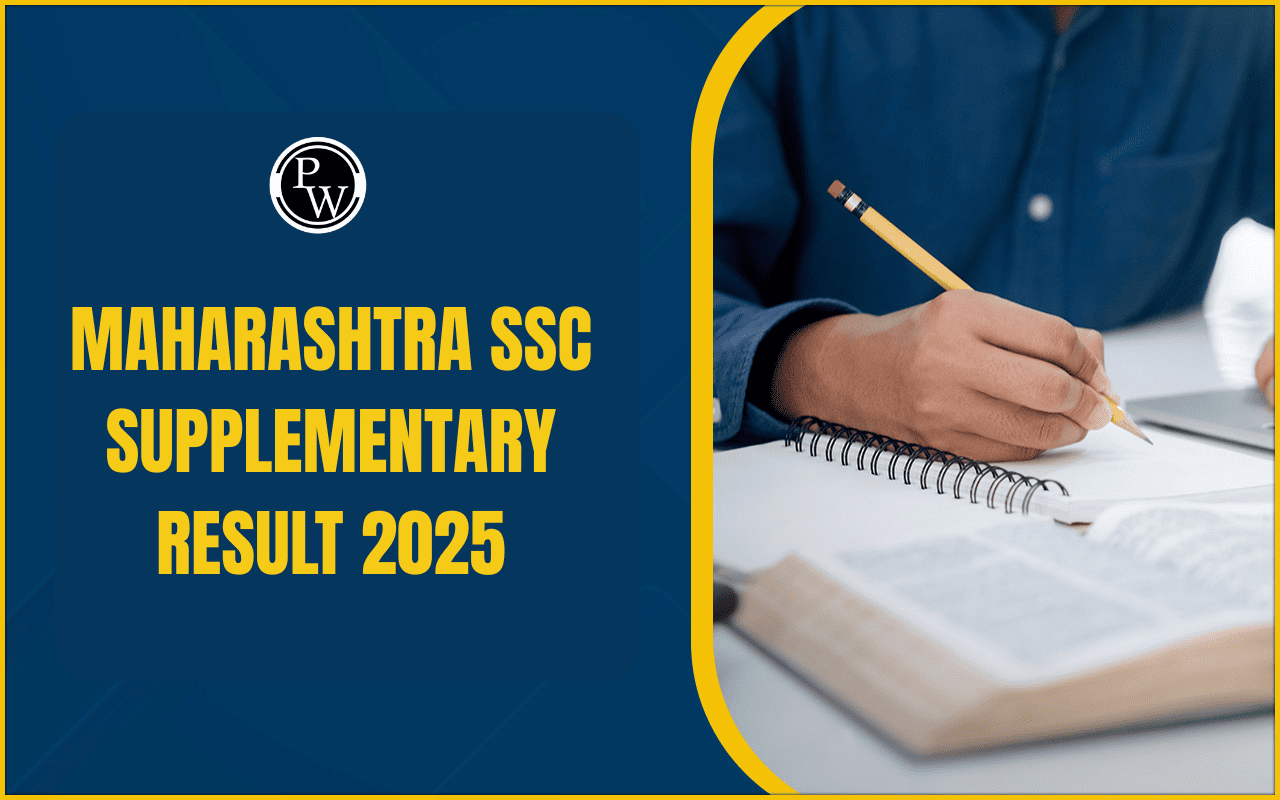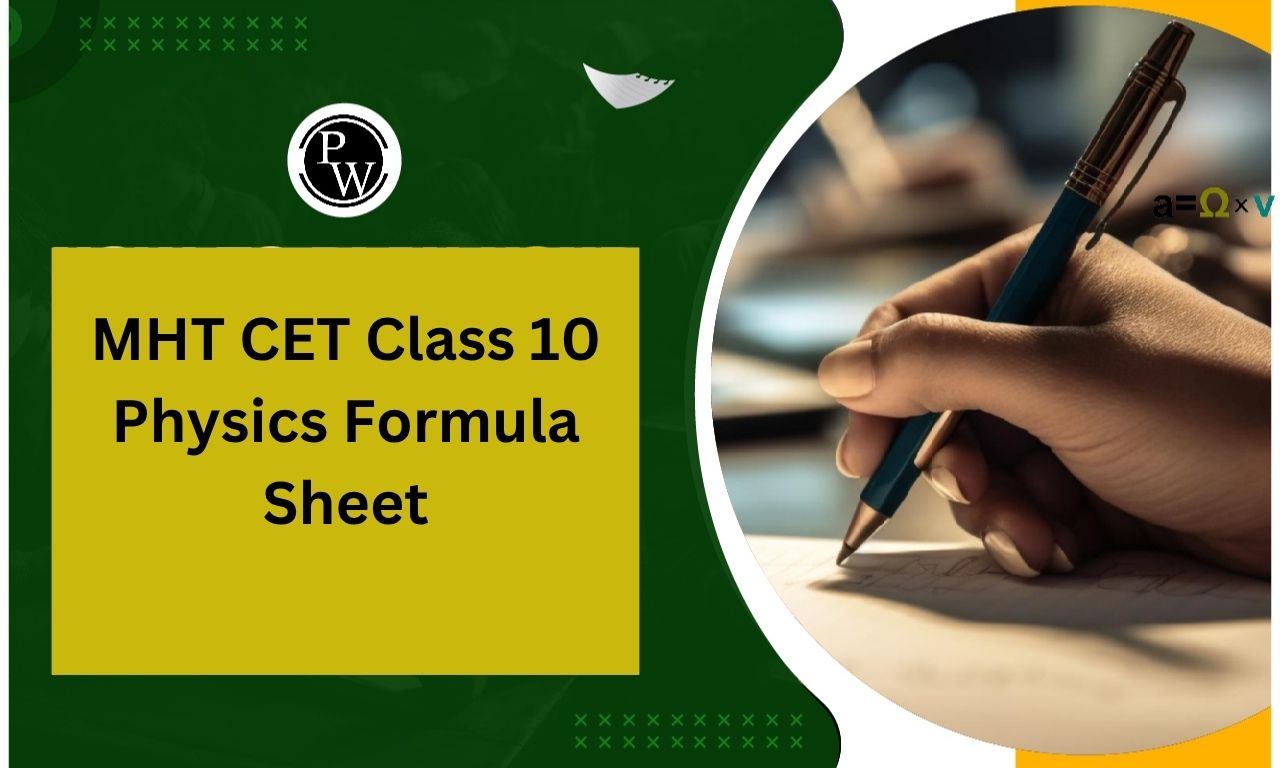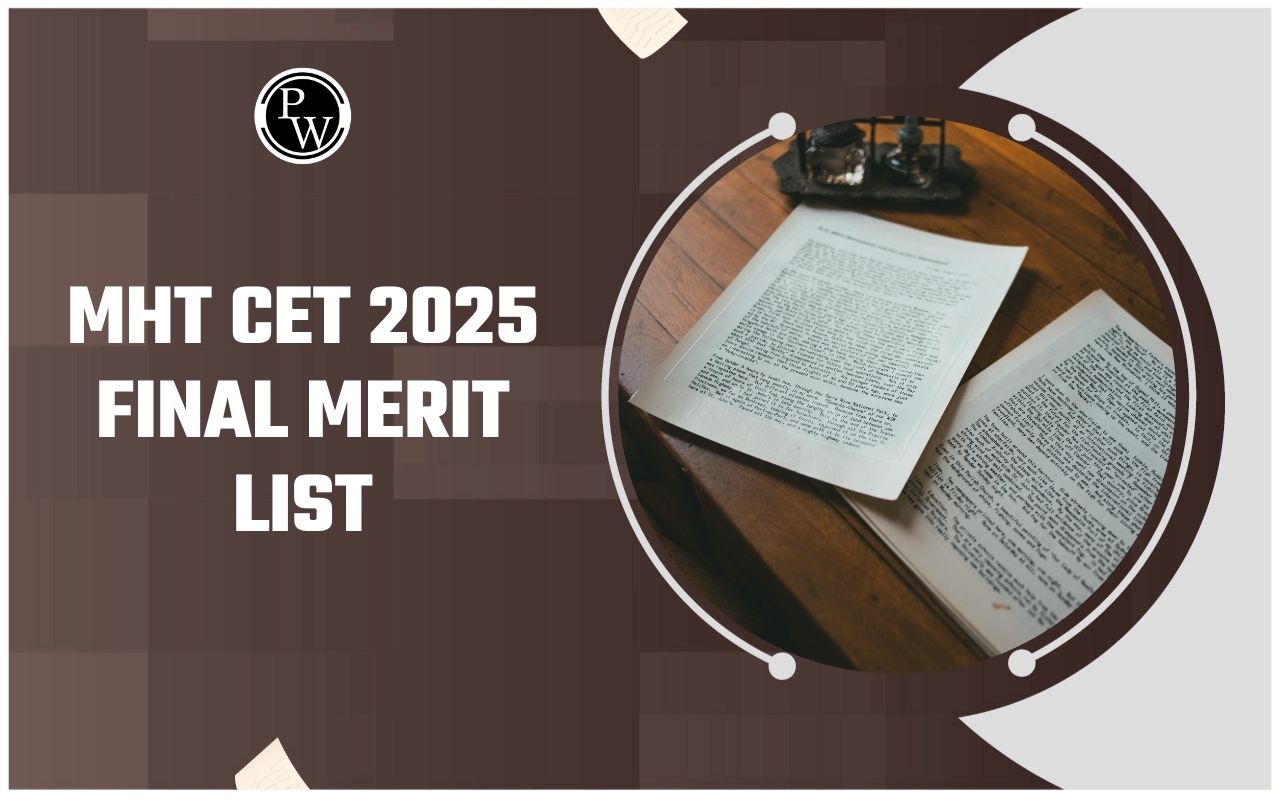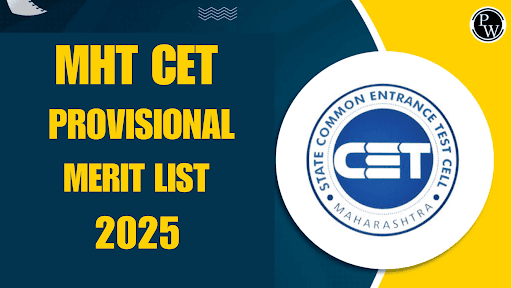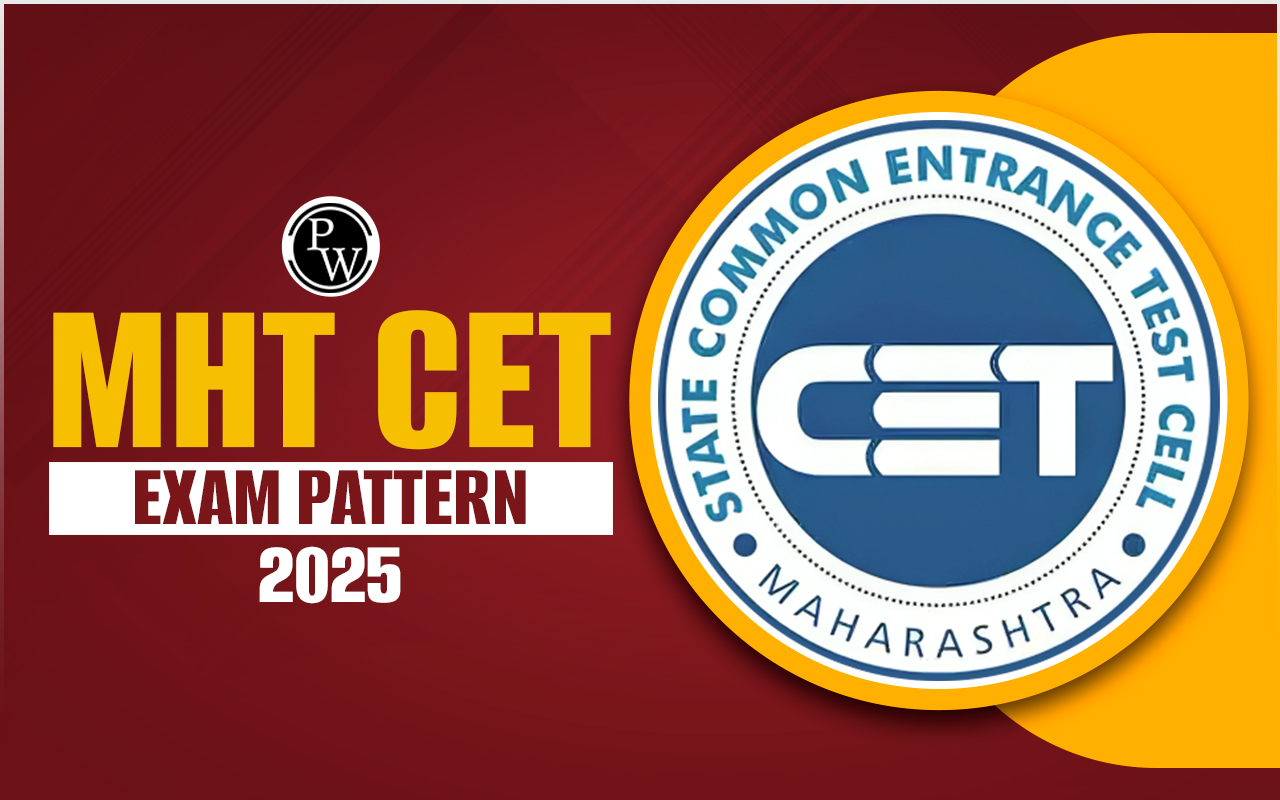
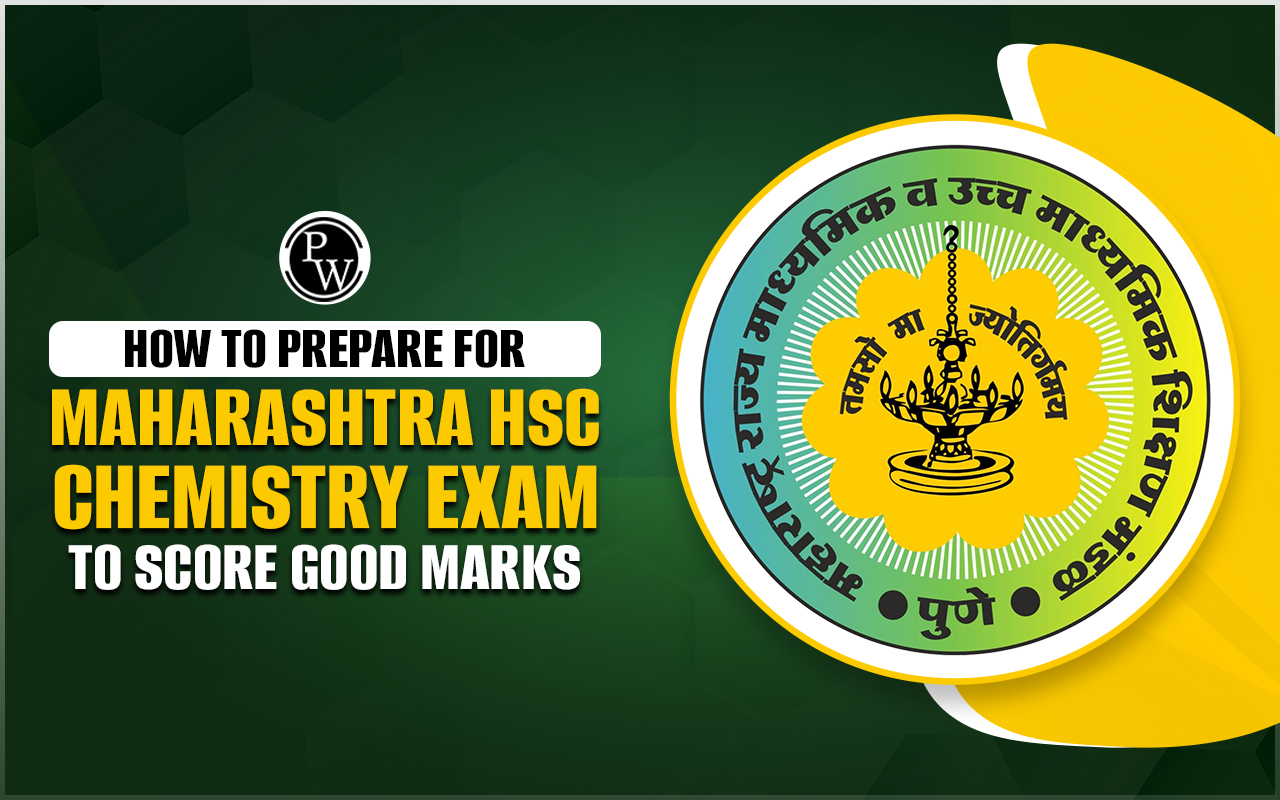
To Prepare for Maharashtra HSC Physics to Score Good Marks requires a strategic and methodical approach to ensure you achieve the best possible score. Given the complexity and breadth of the Chemistry syllabus, it is essential to understand the key areas of focus and develop a well-structured study plan.
Effective preparation involves not only mastering the content but also familiarising yourself with the exam pattern and the types of questions that will be asked. By organising your study efforts, prioritising important topics, and practising regularly, you can build a solid foundation and approach the exam with confidence. This guide provides practical tips and strategies to help you prepare effectively and maximise your performance in the to Prepare for Maharashtra HSC Physics to Score Good Marks.How to Prepare for Maharashtra HSC Chemistry Exam to Score Good Marks
To prepare for Maharashtra HSC Chemistry Exam to Score Good Marks and achieve high marks, it's crucial to adopt a structured approach to your preparation. Here are some essential steps to guide your preparation:Understand the Syllabus and Exam Pattern
Prepare for Maharashtra HSC Chemistry Exam to Score Good Marks and secure good marks, begin by thoroughly understanding the syllabus and exam pattern. Reviewing the Maharashtra HSC Syllabus 2024 will provide you with a clear overview of all the topics you need to cover. It’s crucial to know the types of questions that will appear on the exam, including objectives, short answers, and brief answers, as well as their distribution of marks. Familiarizing yourself with these details will help you tailor your study approach to meet the exam’s specific requirements and ensure that you’re well-prepared for each section.Create a Structured Study Plan
Develop a detailed study plan to manage your preparation time efficiently. Allocate specific periods for each of the four major categories in the Chemistry syllabus: Physical Chemistry, Organic Chemistry, Inorganic Chemistry, and Applied Chemistry. Setting clear, achievable goals for each study session will help you stay focused and organized. Stick to your plan to ensure that you cover all necessary material systematically and avoid last-minute cramming.Prioritize High-Impact Topics
Concentrate on high-priority topics that are likely to yield the most marks. Focus on mastering Reaction Mechanisms by understanding the underlying principles and practicing related problems. For Half-Life calculations, learn the derivations and applications thoroughly, and practice problems involving reaction rates and half-lives for zero and first-order reactions. When studying IUPAC Naming of Coordination Compounds, grasp the rules for naming and practice with various oxidation states. Additionally, understand the nature of C-X bonds and the SN1 and SN2 reaction mechanisms for Haloalkanes and Haloarenes.Utilize Quality Study Materials
Support your preparation with high-quality study materials. Refer to recommended textbooks and additional reference books for a thorough understanding of each topic. Use online resources, such as educational videos, tutorials, and practice exercises, to complement your learning and clarify any doubts. A diverse range of study materials will provide a more comprehensive understanding of the subject.Create a Structured Study Plan
A well-organized study plan is crucial to prepare for Maharashtra HSC Chemistry Exam to Score Good Marks. Break down the Chemistry syllabus into manageable sections: Physical Chemistry, Organic Chemistry, Inorganic Chemistry, and Applied Chemistry. Allocate dedicated study time to each category based on its weight in the exam and your proficiency. Setting specific, measurable goals for each study session will help you track your progress and ensure comprehensive coverage of all topics.Maharashtra HSC Exam Pattern and Marks Distribution for Chemistry
The Maharashtra HSC Chemistry Exam 2024 will be held for 3 hours. To achieve good marks, students should first review the Maharashtra HSC syllabus 2024 and exam pattern thoroughly. This will help them understand the types and difficulty levels of the questions. The exam will include objective, short, and brief answer questions. The Chemistry syllabus is divided into four main categories:- Physical Chemistry
- Organic Chemistry
- Inorganic Chemistry
- Applied Chemistry
| Aspect | Details |
| Total Questions | 31 |
| Total Marks | 70 |
| Time Limit | 3 hours 10 minutes |
| Sections | |
| Section A | Multiple Choice Questions |
| Section B | Short Answer Questions |
| Section C | Long Answer Questions |
| Section D | Numerical Trouble |
| Types of Question | Marks | Marks with option | Percentage |
| Objectives | 14 | 14 | 20 |
| Short Answers | 42 | 56 | 60 |
| Brief Answers | 14 | 28 | 20 |
| Total | 70 | 98 | 100 |
Analysis of Essential Topics to Prepare for Maharashtra HSC Chemistry Exam to Score Good Marks
An analysis of the Prepare for Maharashtra HSC Physics to Score Good Marks reveals that only a few key topics require detailed explanation, while other, less significant topics tend to remain consistent from year to year. For instance, essential areas such as Name Reactions in Organic Chemistry, Reaction Mechanisms, and IUPAC Nomenclature of Coordination Compounds are frequently covered. Below is a list of concepts along with the number of questions from the previous years (2024 - 2022):| Concept Name | No of Questions |
| D & F block elements | 5 |
| Osmosis and Osmotic Pressure | 5 |
| Properties of Alcohols | 5 |
| Writing the Formula of a Complex or Coordination Compound | 5 |
| Crystal Lattices and Unit Cells | 4 |
| First Order Reaction | 4 |
| Polymers 1 | 4 |
| Thermochemistry And Enthalpy For Chemical Reaction | 4 |
| Acidity in Carboxylic Acids | 3 |
| Chemical Properties of Glucose | 3 |
| General Characteristics of Solid State, Amorphous and Crystalline Solids | 3 |
| Half Life and Life Time of Reaction | 3 |
| IUPAC Nomenclature of Coordination or Complex Compound | 3 |
| Magnetic Moment(On the Basis of VBT) | 3 |
| MOLE CONCEPT AND MOLAR MASS | 3 |
| Polyester | 3 |
| Proteins | 3 |
| ATOMIC AND MOLECULAR MASSES | 2 |
| Buffer Solution | 2 |
| Coordination Number | 2 |
| Gibbs Energy And Change In Gibbs Energy | 2 |
| Graphical Representation Of Work Done In Thermodynamics | 2 |
| Halides of Alkali Metals | 2 |
| Methods of Preparation of Amines | 2 |
| Order of Reaction vs Molecularity | 2 |
| Ozone | 2 |
| Polymers 2 | 2 |
| Preparation of Aldehydes and Ketones | 2 |
| Preparation of Alkanes(Corey House Reaction, Reduction of Alkyl Halides by LiAlH4, Wurtz Reaction) | 2 |
| Preparation of Ketones | 2 |
| Preparation of Phenol(I) | 2 |
| Solubility and Henry's Law | 2 |
| Thermodynamics | 2 |
Key Topics to Prepare for Maharashtra HSC Physics to Score Good Marks
To achieve excellent results in the Maharashtra HSC Physics Exam, it is important to focus on the key topics that are frequently tested and carry significant weight in the examination. Understanding and mastering these critical areas will help you address a majority of the questions effectively and boost your overall performance. Below is a table highlighting to Prepare for Maharashtra HSC Physics to Score Good Marks| Priority Level | Concept | Details |
| High Priority (3-5 Questions) | Reaction Mechanism | Focus on understanding fundamental principles and mechanisms. Practice conversion questions and previous years' questions to solidify your grasp. |
| Moderate Priority (2 Questions) | Half-life (Zero and First-Order Reactions) | Concentrate on derivations and applications. Practice problems involving reaction half-life, rate of reaction, and rate constants. |
| IUPAC Naming of Coordination Compounds | Study the basic concepts of ligands, ions, and charges. Practice naming different compounds with various oxidation states. | |
| Haloalkanes & Haloarenes | Understand the nature of the C-X bond and the SN1 and SN2 reaction mechanisms. |
| Related Links- | ||
| Maharashtra Board 12th Maths and Statistics Syllabus 2024-25 | Maharashtra Board 12th Chemistry Syllabus 2024-25 | Maharashtra Board 12th Biology Syllabus 2024-25 |
How to Prepare for Maharashtra HSC Chemistry to Score Good Marks FAQs
How should I start my preparation for the Chemistry exam?
Begin by reviewing the Maharashtra HSC Syllabus 2024 and understanding the exam pattern. This will help you identify the important topics and types of questions that will appear on the exam.
What is the best way to revise for the exam?
Create summary notes for each topic for quick revision. Regularly review these notes and focus on correcting mistakes identified in practice tests. Effective revision consolidates your knowledge and improves recall.
How can I maintain a balanced study routine?
Incorporate regular breaks into your study schedule to avoid burnout. Ensure you are eating well, staying hydrated, and getting enough sleep. A balanced routine supports effective learning and exam performance.
Talk to a counsellorHave doubts? Our support team will be happy to assist you!

Free Learning Resources
PW Books
Notes (Class 10-12)
PW Study Materials
Notes (Class 6-9)
Ncert Solutions
Govt Exams
Class 6th to 12th Online Courses
Govt Job Exams Courses
UPSC Coaching
Defence Exam Coaching
Gate Exam Coaching
Other Exams
Know about Physics Wallah
Physics Wallah is an Indian edtech platform that provides accessible & comprehensive learning experiences to students from Class 6th to postgraduate level. We also provide extensive NCERT solutions, sample paper, NEET, JEE Mains, BITSAT previous year papers & more such resources to students. Physics Wallah also caters to over 3.5 million registered students and over 78 lakh+ Youtube subscribers with 4.8 rating on its app.
We Stand Out because
We provide students with intensive courses with India’s qualified & experienced faculties & mentors. PW strives to make the learning experience comprehensive and accessible for students of all sections of society. We believe in empowering every single student who couldn't dream of a good career in engineering and medical field earlier.
Our Key Focus Areas
Physics Wallah's main focus is to make the learning experience as economical as possible for all students. With our affordable courses like Lakshya, Udaan and Arjuna and many others, we have been able to provide a platform for lakhs of aspirants. From providing Chemistry, Maths, Physics formula to giving e-books of eminent authors like RD Sharma, RS Aggarwal and Lakhmir Singh, PW focuses on every single student's need for preparation.
What Makes Us Different
Physics Wallah strives to develop a comprehensive pedagogical structure for students, where they get a state-of-the-art learning experience with study material and resources. Apart from catering students preparing for JEE Mains and NEET, PW also provides study material for each state board like Uttar Pradesh, Bihar, and others
Copyright © 2025 Physicswallah Limited All rights reserved.




